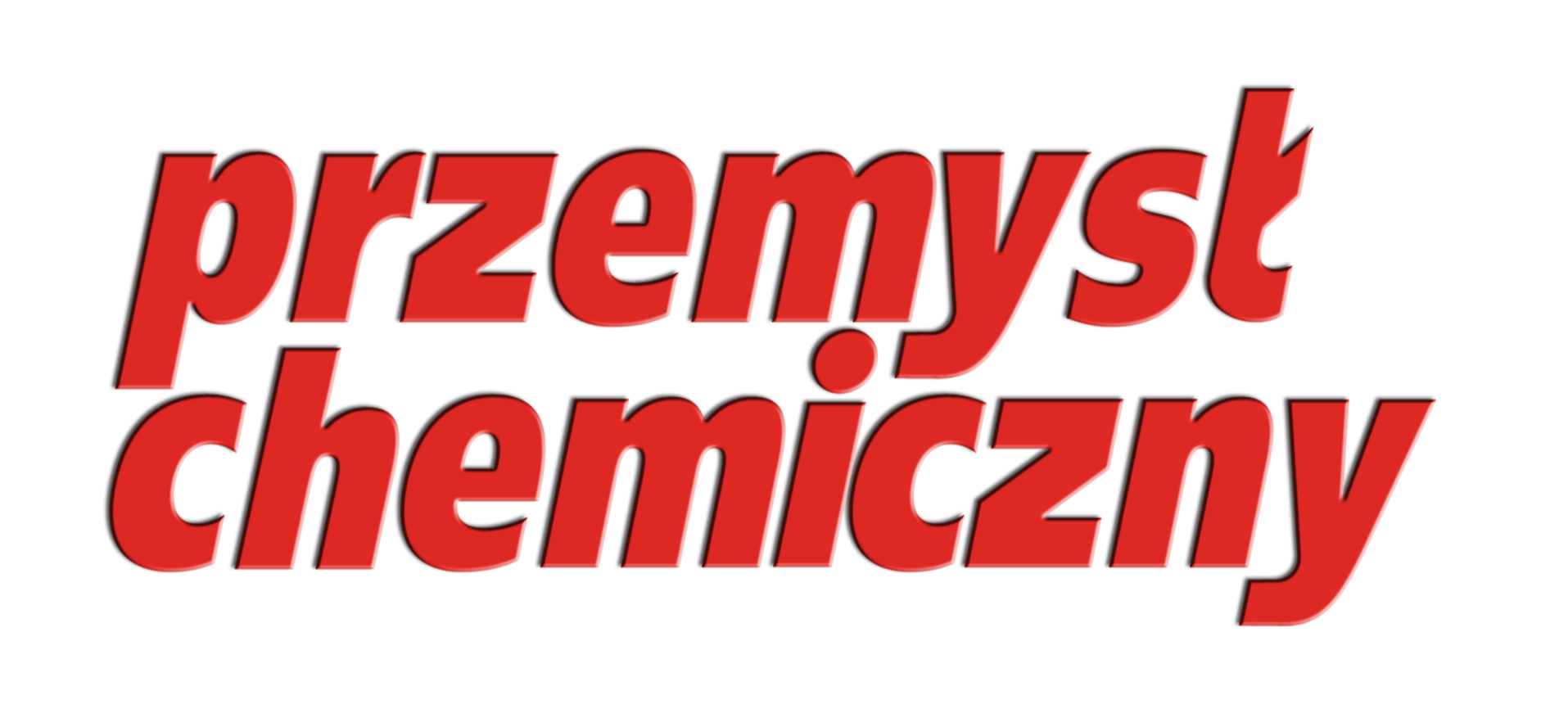REVIEWING PRINCIPLES
Submitted articles are reviewed with the following criteria in mind:
- Originality: whether the article contains novelty in the subject matter presented, whether it contributes to the state of the art, whether it corresponds to the level of the journal, whether the issues described are relevant to the development of science or practical applications.
- Layout, i.e. whether the article presents a logical arrangement of content and clarity of argument and whether the preferred layout of the content conveyed is maintained, i.e:
Title, does it correspond to the content of the article,
Executive summary, does it reflect the content of the article,
Introduction, whether describing what the author intended to achieve and clearly outlining the issues raised in the article (the introduction may include a literature review of the topic, a description of the experiment, the hypotheses, the overall design of the experiment or the methods used),
Research methods, a thorough explanation of how the results were obtained. The following is also taken into account: are the test methods appropriately chosen, are they accurately described (if the methods are new), has the Author described in sufficient detail how the tests/measurements were performed,
Results, does the Author explain in a logical and clear manner what he found as a result of his research, did he analyse the results correctly,
Summary/Conclusions, whether the statements/conclusions included are supported by the research results, whether the Author has shown how the results relate to expectations and previous research, whether the research results support or contradict previous theories,
Figures and tables: do the figures and tables provided clearly illustrate the results of the research and are they understandable to the reader, do they provide a meaningful illustration of the content of the article. - Previous research, if the article contains previous research findings, have the relevant literature references been included,
- Ethical issues, whether the article is a copy of another paper (whether there is plagiarism).
Review procedure
- Once the article submitted by the Author is qualified as consistent with the journal profile, the Editor-in-Chief, after possible consultation with the Subject Editors, selects two independent Reviewers from outside the scientific unit affiliated by the Author of the publication. Reviewers are selected from among recognised authorities in the field, and the selected Reviewer must guarantee: independence of opinion; absence of conflict of interest, particularly expressed in the lack of direct personal or business relations with the Author of the manuscript and direct scientific cooperation in the last two years preceding the year of preparing the review; maintaining confidentiality as to the content of the materials, as well as opinions about them.
- For the assessment of articles in a foreign language, at least one of the appointed Reviewers must be affiliated to an academic unit or foreign institution other than the Author of the paper.
- Once the Reviewers have been selected, the Editor-in-Chief contacts them specifying the subject of the publication (description or abstract), the required scope of the review and the deadline for the review.
- Once the Reviewers have accepted the offer, the Editor sends them the full text of the article requiring review.
- The review of an article follows a standard ‘double blind review’ procedure, which means that Authors and Reviewers do not know each other’s identities. Before sending an article to a Reviewer, the Editor makes every effort to remove any information that might identify the Author from the content of the article. The Editorial Office allows other review procedures in justified cases, however, in such a case the Reviewer is required to sign a declaration of interest.
- The personalities of Reviewers are confidential and can only be declassified at the request of the Author and with the consent of the Reviewer, especially in the case of a negative review or a manuscript containing questionable elements. At least once a year, the Editorial Office publishes in the journal a complete list of the Reviewers with whom it collaborates.
- The reviewer sends the prepared review in electronic form to the Editor’s e-mail address given in the correspondence or on the review form. In addition to the review form, the Reviewer may also provide his/her comments in the form of annotations in the electronic version of the reviewed article.
- Once a review has been received, the Editorial Office: may inform the Author of its receipt (in the case of a review that does not require corrections, or that only minor changes of an editorial nature are necessary); directs the review containing critical comments to the Author, who makes the required corrections and, in the case of comments with which he or she disagrees, prepares a response to the review; re-directs the article to the Reviewer after the Author has made changes, if the Reviewer determines that a re-review is necessary.
- The final decision to print a scientific article is made by the Editor-in-Chief based on the analysis of the comments contained in the review and the final version of the article provided by the Author.
- In the case of a disqualifying review, the Editor-in-Chief decides either to reject the paper or to refer the article to another Reviewer.
- The final version of the article is sent to the Language Editor and the Statistical Editor (if necessary) and then, after being broken down and composed, is sent to the Author for author’s corrections.
- Non-scientific texts do not need to be peer-reviewed and are qualified for publication directly by the Editor-in-Chief.




